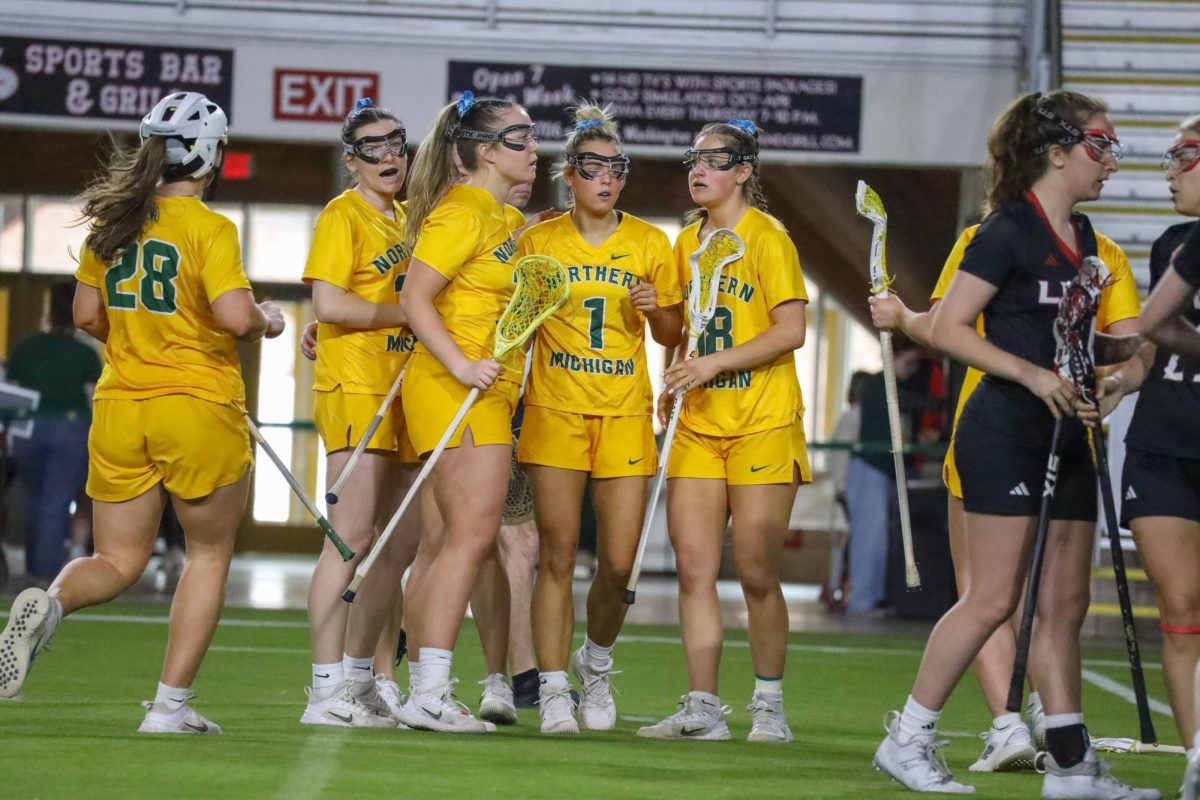There aren’t many sporting events each year that garner the attention of nearly the entire country. The Super Bowl brings in the highest ratings of any TV event, but it’s just one day. The World Series and NHL Stanley Cup playoffs offer up weeks of anticipation, but sometimes games can be blowouts and series end with little excitement. This year, the Winter Olympics brought in surprisingly high ratings, but still, after a while people lost interest.
Nothing can bring together a hardcore fan base and casual sports viewer quite like March Madness.
The NCAA Division-I basketball tournament brings storylines and excitement to the sporting world no other event can match. It’s the one time of year where I seem to forget about football for a while. It has become a three week long sports fans paradise.
The 2010 tournament seems to be no different from the last. The opening round game, a play-in game of two “who?” teams, is set for Tuesday, March 16, while first round games are set to begin Wednesday, March 18. This year’s championship game is set for Monday, April 5 in Indianapolis. Luckily, I’m here to help you get through picking this years bracket.
Over 30 million people on average take part in one form of a bracket challenge every year with over $3 billion on average tossed into March Madness betting. It can be a boss’s nightmare, however, as an estimated $1.8 billion in productivity is said to be lost this year from workers spending time filling out brackets and watching games.
Tournament brackets will be set come Selection Sunday, March 14, when a seeding for each 64 teams is given. Filling out tournament brackets is a ritual to some and a confused habit for others.
I’ve dabbled in my winnings before, twice actually out of the eight years I’ve been playing, but who’s counting? For those of you filling out brackets this year who haven’t got a clue, here are some rules to live by come tourney start time.
The first round rule and the simplest one to live by: never pick a No. 16 seed. They have never won a game in the tourney over a No. 1 seed.
Every year, with the exception of 2007, a No. 12 seed seems to upset a No. 5 seed. Last year it was three No. 12 seeds, Western Kentucky, Arizona, and Wisconsin. The year before that, two No. 12 seeds made the push. Picking a 12 over a No. 5 seed is always a safe bet. I like to pick two just to be safe.
Find a team with a seed 10 through 12 and jot them into the Sweet Sixteen. It seems every year that the 10 or 12 seed team you picked to win in round one moves on yet again. Last year it was No. 12 seed Arizona, the year before that No. 10 seed Davidson as well as No. 12 seed Western Kentucky that made it to the Sweet Sixteen.
Advance no team with a seed higher than 10 to the Elite Eight. It’s rare that any team with a seed higher than No. 6 makes it this far. George Mason, an 11, shocked everyone in 2006 making it to the Final Four and Davidson made it to the Eight in 2008 as a No. 10, but they had Stephen Curry.
As far as number one seeds go, you should only have three remaining. A No. 1 seed almost always falls off by now, with the exception of 2008 where all four No. 1 seeds went to the final four. Advance one No. 3 seed to the final four and at least one No. 2. Your Final Four should almost always have nothing higher than a No. 5 seed, and even a No. 4 is rare. If you have Duke in your final four, your bracket is most likely shot.
The Championship game is up to you. Throughout the tournament, however, pick coaches if you are unsure. As with Tom Izzo of Michigan State, Jim Boehim of Syracuse, Jay Wright of Villanova, coaching can mean the difference in a big game. You just won’t find Roy Williams (North Carolina) or Jim Calhoun (UConn) anywhere this year.
However you want to fill out your bracket, come tourney time, it doesn’t always matter. Sometimes the pool winner is the one that knew the least about basketball. Just get ready for the best time of year in sports.

























